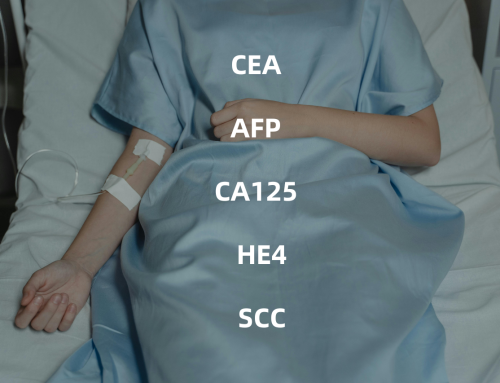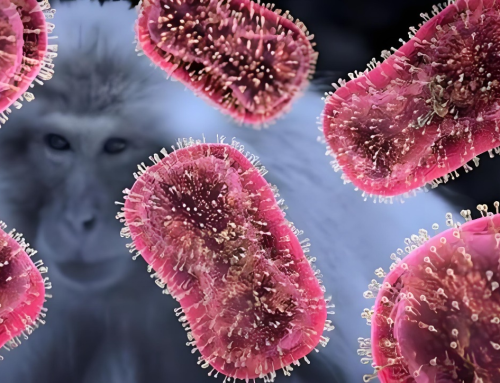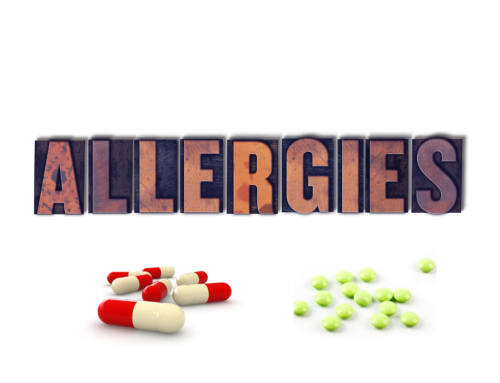Since the start of the school year in September, the number of patients in pediatric hospitals has increased. The number of children with fever symptoms in the past week has been on the rise, causing concern.
What viruses and bacteria are at work?
Bio-mapper reminder: Autumn is the season of high incidence of infectious diseases, and it is necessary to be vigilant about respiratory infectious diseases such as swine influenza and mycoplasma pneumonia.
How can I tell if I have a cold or swine influenza?
The incubation period is usually one to three days, and the main symptoms include fever, muscle aches and headaches. In addition, there may be some mild respiratory symptoms, such as cough, runny nose and sore throat.
The common cold, which we usually catch, usually presents with sneezing, sore throat, cough, low fever, headache and other discomfort. These symptoms are usually mild and most of them will recover on their own.
However, influenza usually presents as an acute onset, accompanied by high fever (up to 39-40 ° C in some cases), accompanied by chills, chills, headache, muscle and joint aches, extreme fatigue, loss of appetite and other systemic symptoms. Typical symptoms of influenza also include sore throat, cough, possibly nasal congestion, runny nose, discomfort behind the sternum, flushing of the face, mild congestion of the conjunctiva, and possibly vomiting and diarrhea.

Got the influenza, what symptoms do you need to see a doctor?
Influenza is usually symptomatic supportive treatment, such as antipyretic drugs, antiviral drugs and so on. However, if there is a persistent high fever, shortness of breath, and aggravation of basic diseases, you should seek medical attention in time. This can help prevent further deterioration and complications.
How to prevent the influenza?
- It is recommended that the elderly, children and patients with underlying diseases receive timely influenza vaccines. As influenza is a respiratory infection, preventive measures are similar in this category of diseases. Vaccination is recommended before the start of the pandemic, and this year’s vaccination has already begun. Of course, you can also get vaccinated during an epidemic.)
- Minimize your visits to crowded areas during flu season. It is recommended that people should wear masks correctly and pay attention to hand hygiene in crowded places or confined Spaces.
- Some measures to prevent infection are also applicable to flu prevention, such as maintaining good respiratory hygiene, frequent hand washing, indoor ventilation, and avoiding close contact with patients showing flu symptoms.
- In addition, influenza vaccination is the most effective way to prevent influenza.

What is mycoplasma pneumonia(MP)?
Mycoplasma pneumoniae is neither a bacterium nor a virus; it is a tiny microbe, somewhere between bacteria and viruses. It is one of the smallest microorganisms known to exist independently in nature.
Mycoplasma pneumoniae has no cell wall structure and is therefore naturally resistant to antimicrobial agents that act on the cell wall. This means that common antibiotics such as penicillins and cephalosporins cannot effectively kill it.
Mycoplasma pneumoniae infection can occur throughout the year, and children are susceptible to mycoplasma pneumoniae, especially prone to outbreaks in kindergartens, primary and secondary schools and other people gathered in the environment.
Mycoplasma infection is mainly transmitted through direct contact and droplet transmission. Once symptoms appear, seek medical attention for diagnosis and treatment.

How to prevent mycoplasma pneumoniae infection?
To prevent mycoplasma pneumoniae infection, the most important thing is to develop good personal hygiene habits.
- Clean and disinfect frequently touched surfaces, such as furniture, toys and shared objects.
- Avoid going to crowded or poorly ventilated public places; High-risk individuals may consider wearing surgical masks when staying in these places.
- Scientifically standardize wearing masks. When infectious diseases are high in winter, wearing masks is not only to protect yourself from being infected by others, but also to set a protective barrier for others after you have respiratory symptoms.
- Wash your hands frequently and keep them clean.
- Keep indoor air circulation, reduce gathering and maintain personal hygiene.
Product recommendation(influenza&mycoplasma pneumonia)










